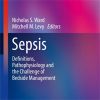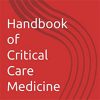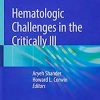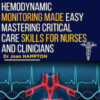Bivalirudin vs. Heparin for Maintenance Systemic Anticoagulation During ECMO
journals.lww.comWhen compared with heparin-based systemic anticoagulation, bivalirudin demonstrated feasibility and safety as established by the absence of increases in identifiable adverse outcomes while manifesting substantial improvements in hospital mortality in adult patients.
Further studies are necessary to corroborate these findings and further elucidate the role of bivalirudin during extracorporeal membrane oxygenation (ECMO) support.
Digital data abstraction was used to retrospectively collect patient details.
The majority of both groups were cannulated centrally (67%), and the extracorporeal membrane oxygenation type was predominantly venoarterial (84%).
The adult bivalirudin group had a greater occurrence of heparin-induced thrombocytopenia (12% vs 1%; p < 0.01) and was more likely to require postcardiotomy extracorporeal membrane oxygenation. There were no statistical differences between the groups in regards to age, sex, and extracorporeal membrane oxygenation initiation location.

















